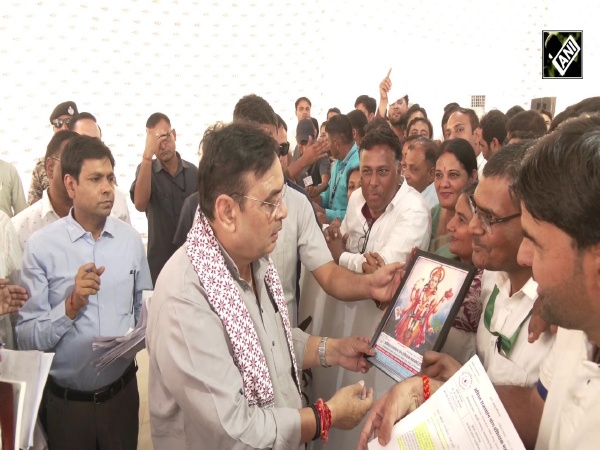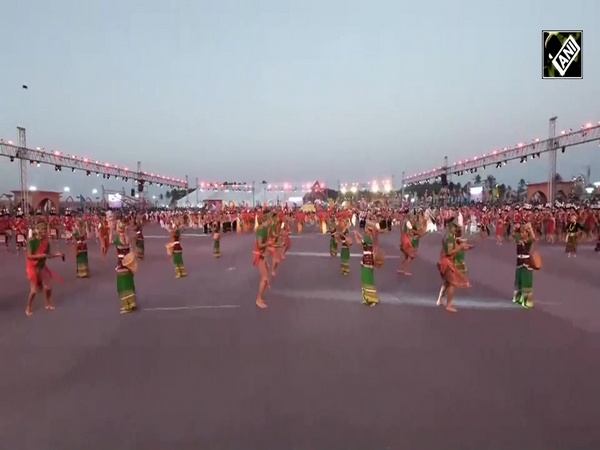2,927 court complexes across India connected via high-speed Wide Area Network
Dec 11, 2020

New Delhi [India], December 11 : As many as 2,927 court complexes across India have been connected so far by a high-speed Wide Area Network (WAN) under the e-Courts Project out of the 2,992 sites conceived to be connected, the Ministry of Law and Justice said on Friday.
It said this development has led to the completion of 97.86 per cent sites out of the total conceived number of court complexes to be connected with high-speed WAN under the project.
"Department of Justice (DoJ) along with BSNL is working relentlessly on connecting the remaining sites. Under e-Courts Project, one of the largest digital networks of the world was conceived by Department of Justice along with the e-Committee of the Supreme Court of India to connect the 2,992 court complexes located all over India by a high-speed Wide Area Network (WAN) via different modes of connectivity such as Optical Fiber Cable (OFC), Radio Frequency (RF), Very Small Aperture Terminal (VSAT), etc," the Ministry said in a statement.
In May 2018, the mandate of providing managed MPLS VPN services to all these sites was entrusted to the BSNL. Many courts under the e-Courts project are located in far-flung areas where the terrestrial cable cannot be used for providing connectivity.
"Such areas are termed as Technically Not Feasible (TNF) and in DoJ's endeavor to bridge the digital divide; connectivity is being established at TNF sites using alternative means like RF, VSAT, etc. With persistent deliberations, meetings and coordination with different stakeholders including BSNL and the Courts, the Department has been able to reduce the total TNF sites from 58 in 2019 to 14 in 2020, thus leading to saving of public money as the cost of providing connectivity through alternative means like VSAT is much higher," the statement said.
Department of Justice has also decided to use the newly inaugurated submarine (under-sea) cable for providing connectivity to 5 TNF sites in Andaman and Nicobar Islands.
This comes as the courts are under huge pressure to take up online hearings of cases amid the COVID-19 pandemic. The DoJ has, therefore, constituted a high-powered committee with representatives from the BSNL, NIC, e-Committee, etc to review the bandwidth requirement in the changed scenario.
"The Department of Justice, along with the e-Committee of the Supreme Court of India, has taken a major leap towards digital transformation and its success in leveraging digital technologies for transforming the Judiciary and providing access to justice to ordinary citizens is being appreciated at all levels," statement said.
The government approved the computerisation of 14,249 districts and subordinate courts under the e-Courts Phase I project for the year 2007 to 2015. The objective of the e-Courts project is to provide designated services to litigants, lawyers and the judiciary by universal computerisation of district and subordinate courts in the country by leveraging Information and Communication Technology (ICT) for improved justice delivery.
Envisaging further ICT enhancement through universal computerisation of all the courts, Phase II of the project was approved by the Cabinet in July 2015 with a cost of Rs 1,670 crore, under which 16,845 courts have been computerised.

















